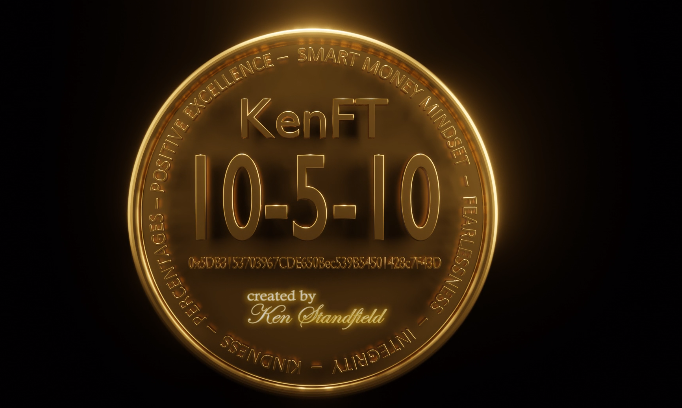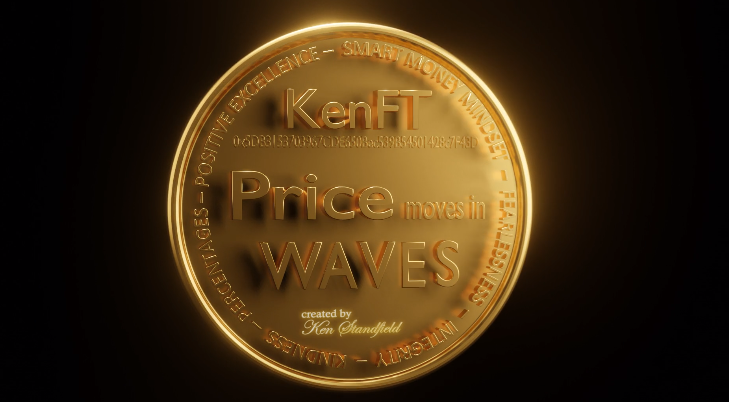The Ethereum group is mobilizing to increase the community’s fuel limit, a key parameter that determines what number of transactions might be processed in a single block.
On December 19, the quantity of validators that indicated support for an increase in the fuel limit past 30 million reached 10% of the community, marking a major step ahead in comparison with a share of lower than 1% recorded earlier than December.
What is the fuel limit in Ethereum?
The fuel in Ethereum represents the quantity of computational energy required to execute transactions or good contracts. Each block on the Ethereum community has a fuel limit, which defines what number of transactions might be included.
Currently, the commonplace limit is about 30 million fuel per block. This parameter immediately impacts the community’s means to deal with a excessive quantity of transactions.
Increasing the fuel limit means permitting the processing of extra transactions per block, doubtlessly decreasing prices and ready occasions. However, this modification may contain dangers, equivalent to elevated stress on the community nodes.
The increase in the fuel limit has been a debated subject in the Ethereum group. In December, a rising motion pushed the validators, specifically the operators who preserve the community’s safety, to sign support for a limit larger than 30 million fuel.
This mobilization occurred in response to the rising demand for scalability on the Ethereum community (ETH), particularly following the transition to proof-of-stake (PoS) and the continued adoption of decentralized purposes (dApp) and NFT.
The bounce from 1% to 10% of validators supporting a better limit represents a major change in angle, indicating a rising consciousness of the potential advantages of this modification.
Benefits and dangers of a better fuel limit
An increase in the fuel limit presents apparent benefits, equivalent to:
- Greater community capability: extra transactions per block imply much less congestion and a greater consumer expertise.
- Reduction of transaction charges: with more room in the blocks, Ethereum charges may lower, making the community extra aggressive in comparison with different blockchains.
- Incentives for builders: a better fuel limit would enable the improvement of extra advanced and modern purposes.
However, there are additionally issues associated to this modification. The next fuel limit may increase the computational load on the nodes, risking additional centralizing the community, as the {hardware} necessities for validators would turn out to be extra demanding.
The street to a extra scalable Ethereum
The current support from the validators displays the group’s willingness to deal with the challenges associated to scalability.
However, an increase in the fuel limit doesn’t signify a definitive resolution. Ethereum is growing different applied sciences, equivalent to sharding and layer 2 options, to enhance scalability with out compromising decentralization.
The increase in the fuel limit may function a brief resolution to satisfy rapid demand, whereas long-term implementations come into play.
The rising support from Ethereum validators for an increase in the fuel limit underscores the dynamism and adaptableness of the community to consumer wants.
With 10% of the community in favor, the Ethereum group is getting ready for a attainable change that might enhance transaction processing capability. However, it stays important to steadiness short-term advantages with long-term sustainability and decentralization.














